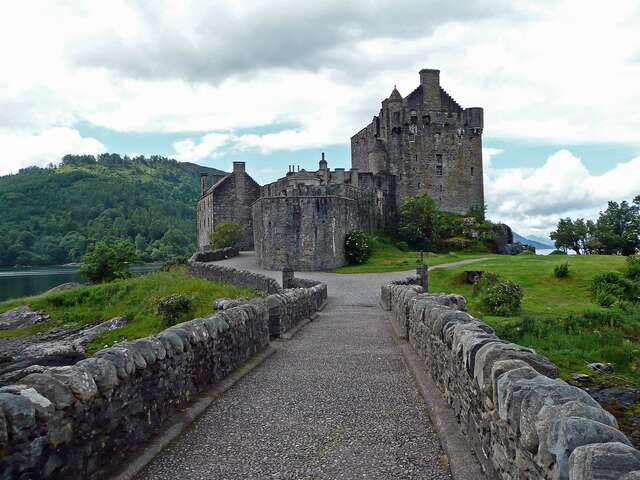Explore magnificent castles located throughout Aberdeen.
- Delgatie Castle
- Haddo House
- Huntly Castle
- Dunnottar Castle
- Fyvie Castle
- Balmoral Castle
Over the past 150 years, careful stewardship by The Royal Family has preserved the wildlife, scenery and architecture which is available for all generations to enjoy. In her journals Queen Victoria even went so far as to describe Balmoral as "my dear paradise in the Highlands".
The Royal Family are still in residence at Balmoral for a portion of the year, with the grounds, gardens and exhibitions closed to the public during August, September and early October.
- Castle Fraser
- Crathes Castle
- Corgarff Castle
Situated in stunning scenery with magnificent views, this tower house is thought to have been built in 1550 before being converted into a barracks for government troops in 1748. The castle’s last military use was to control the smuggling of illicit whisky between 1827 and 1831. Today the site is still complete with its 18th century star-shaped fortification.











No comments:
Post a Comment